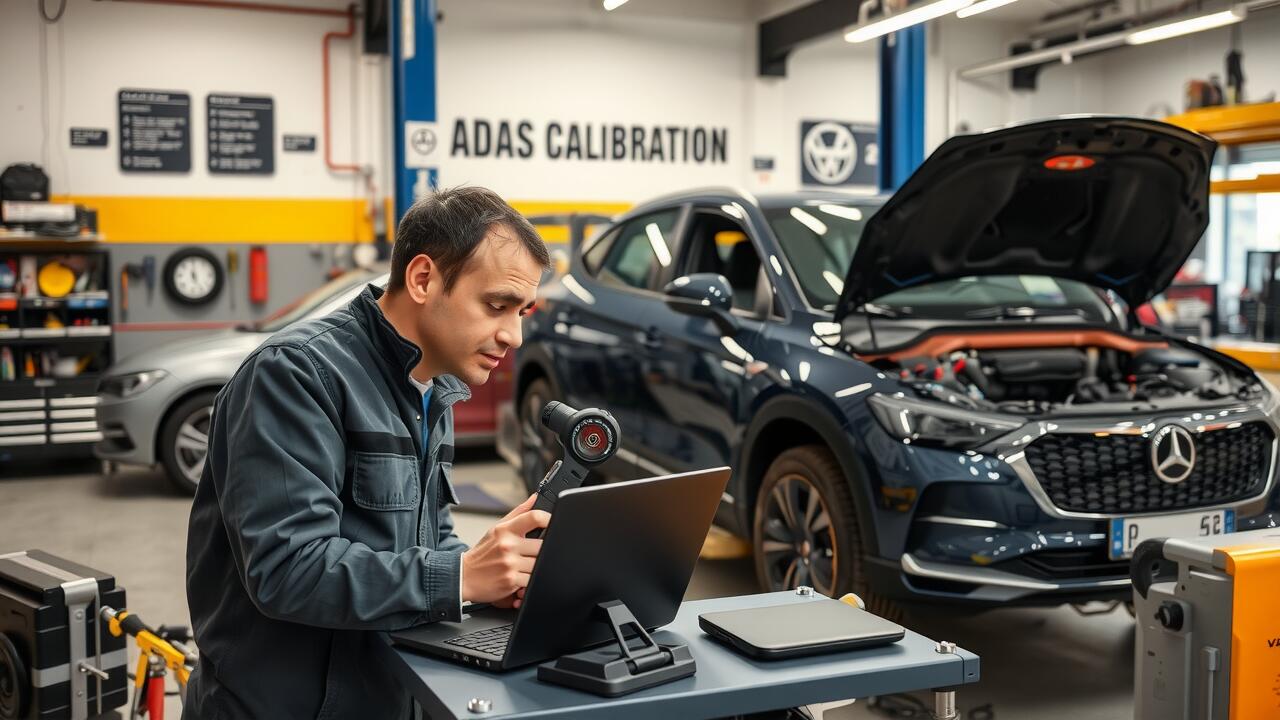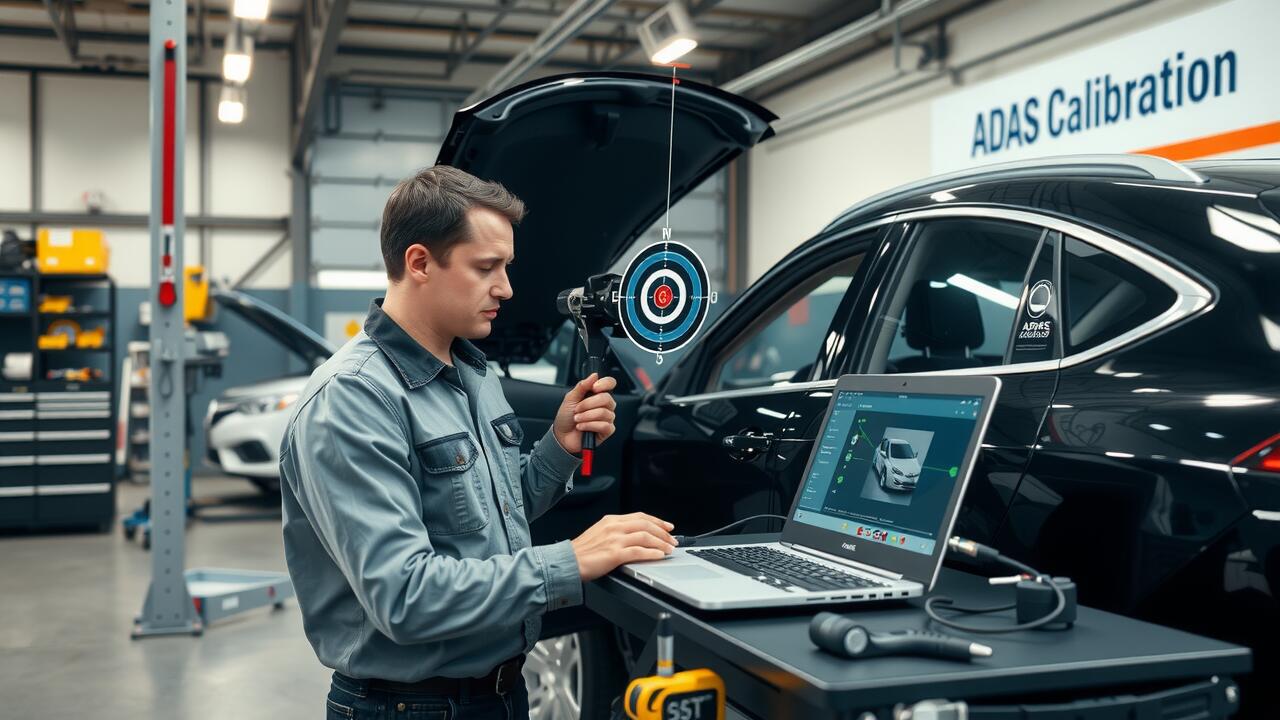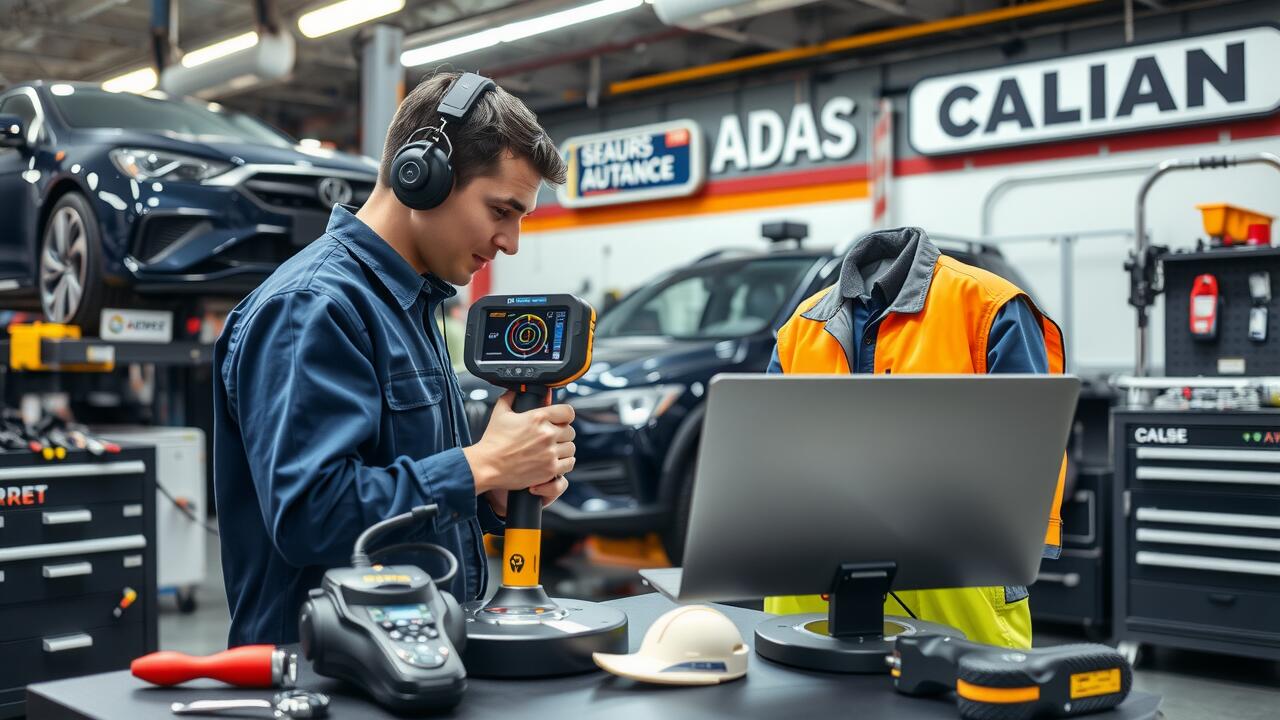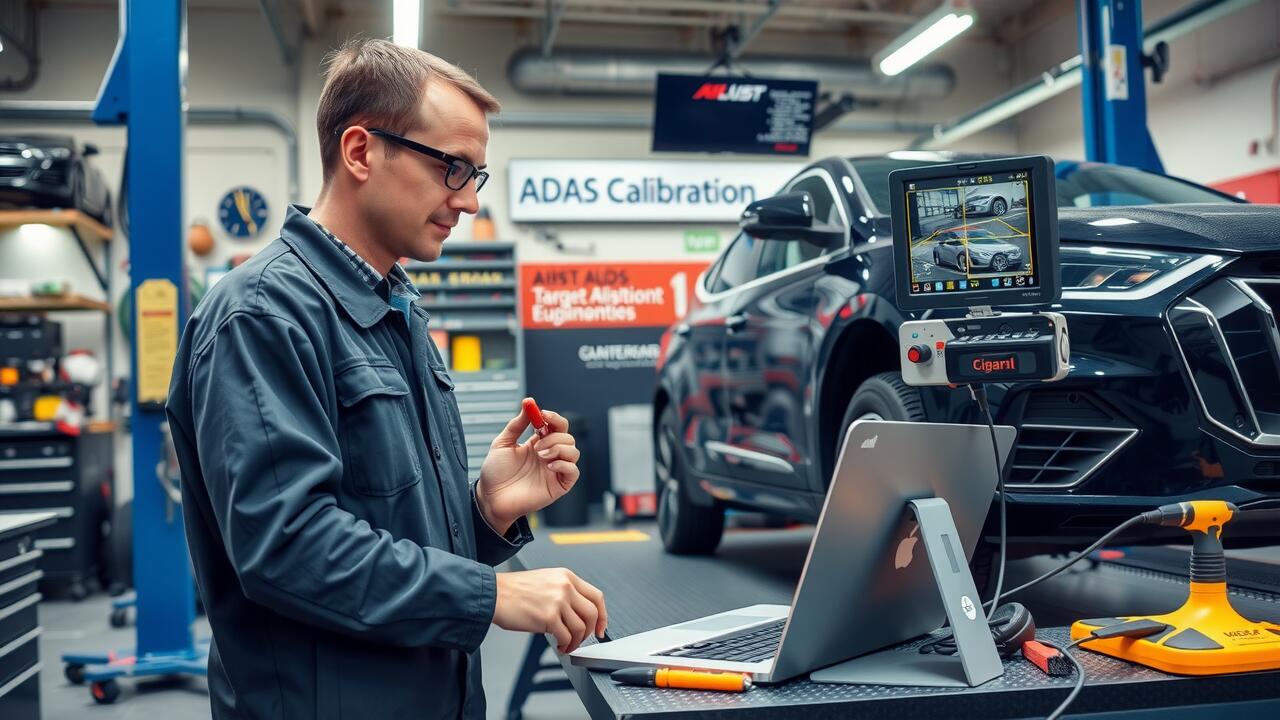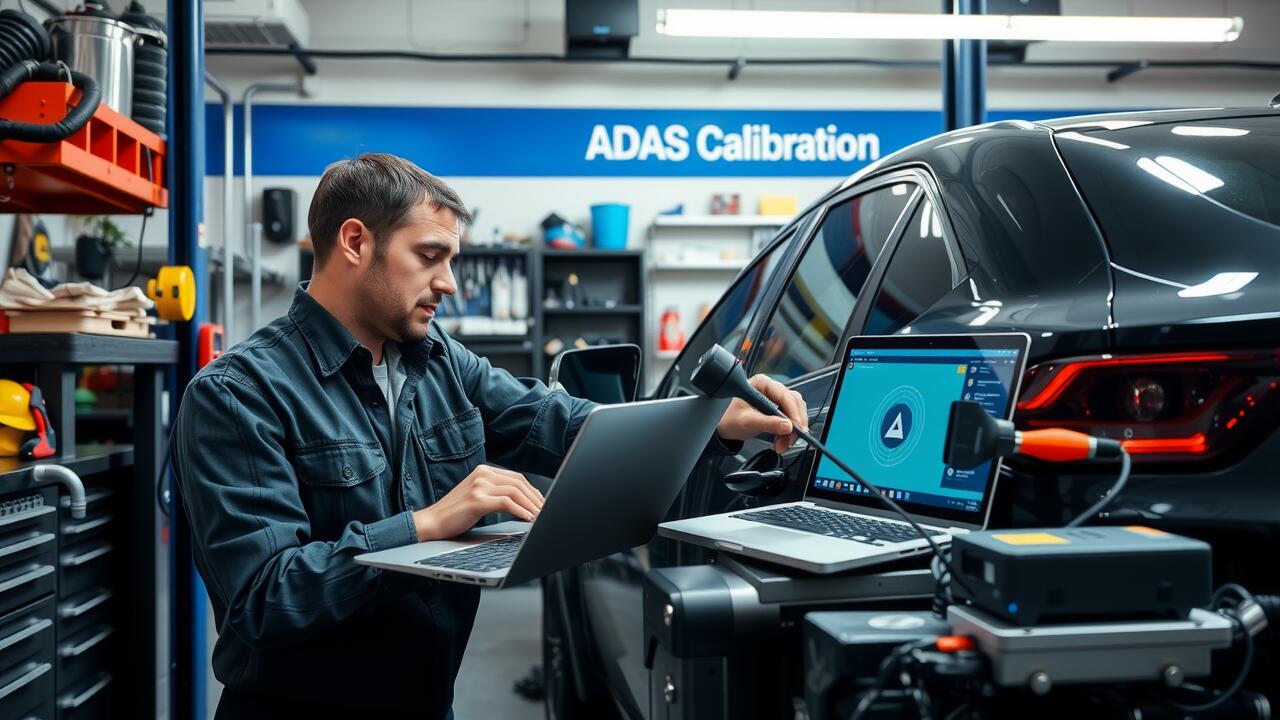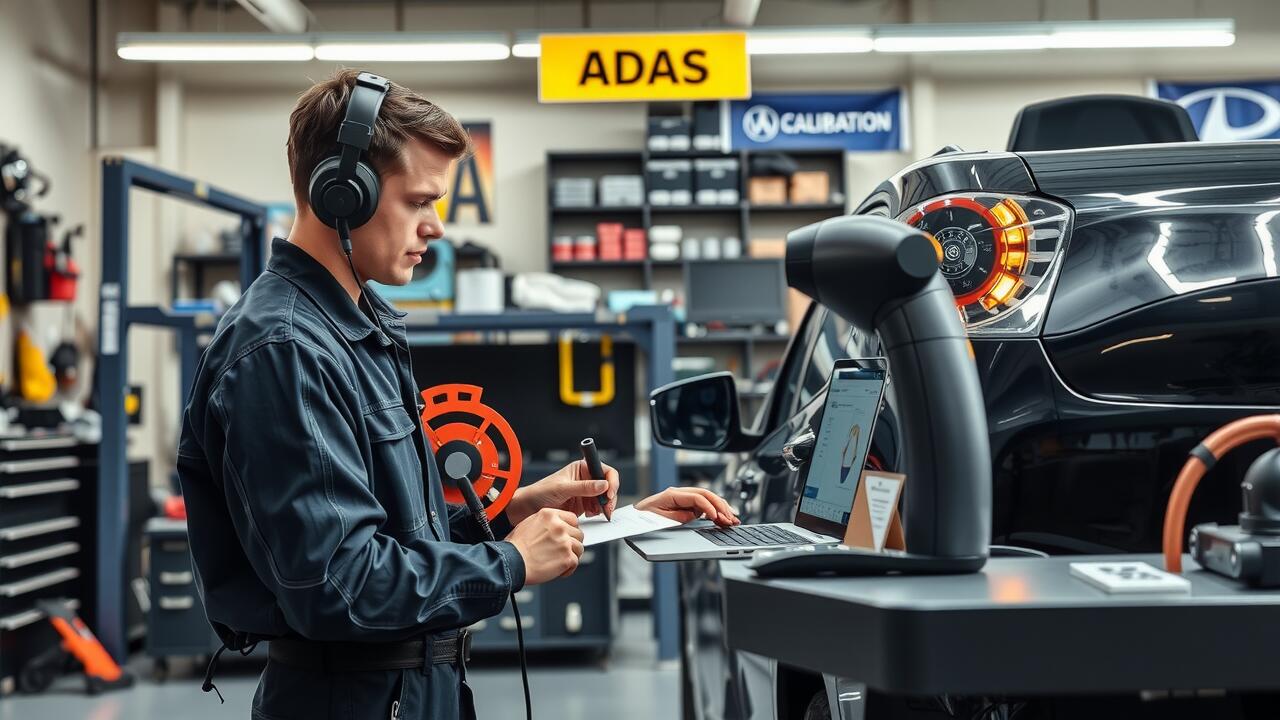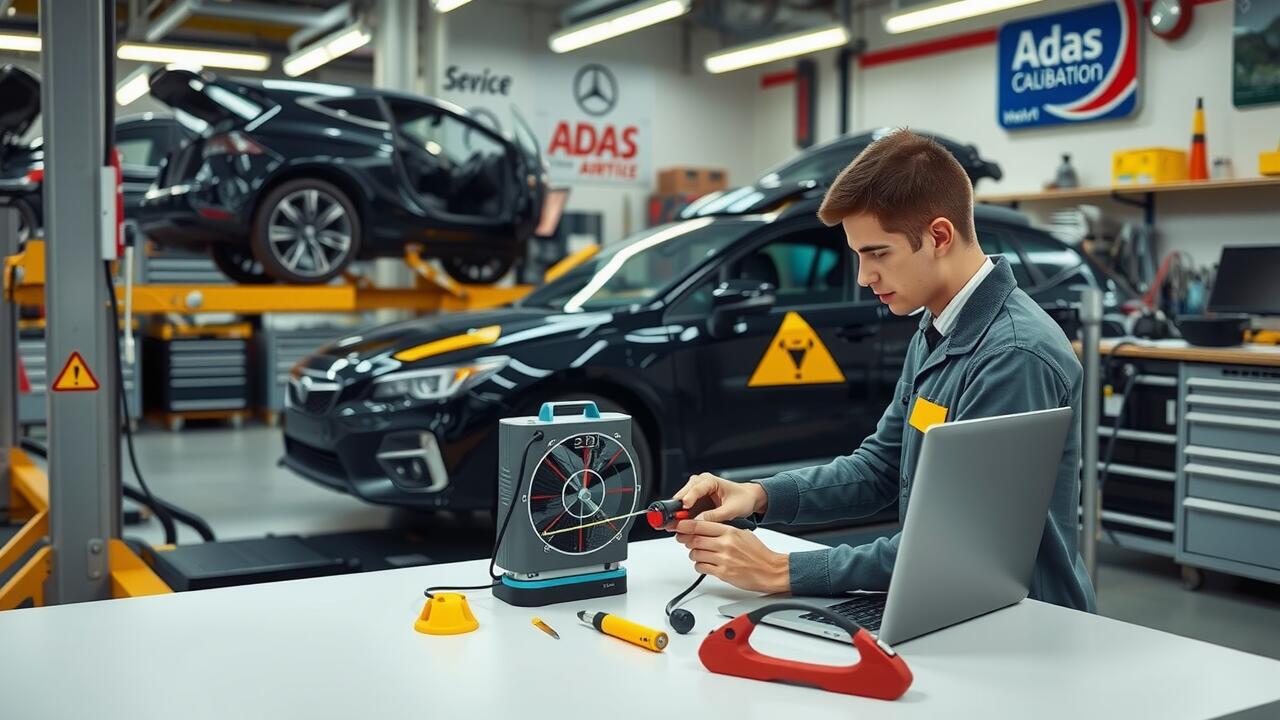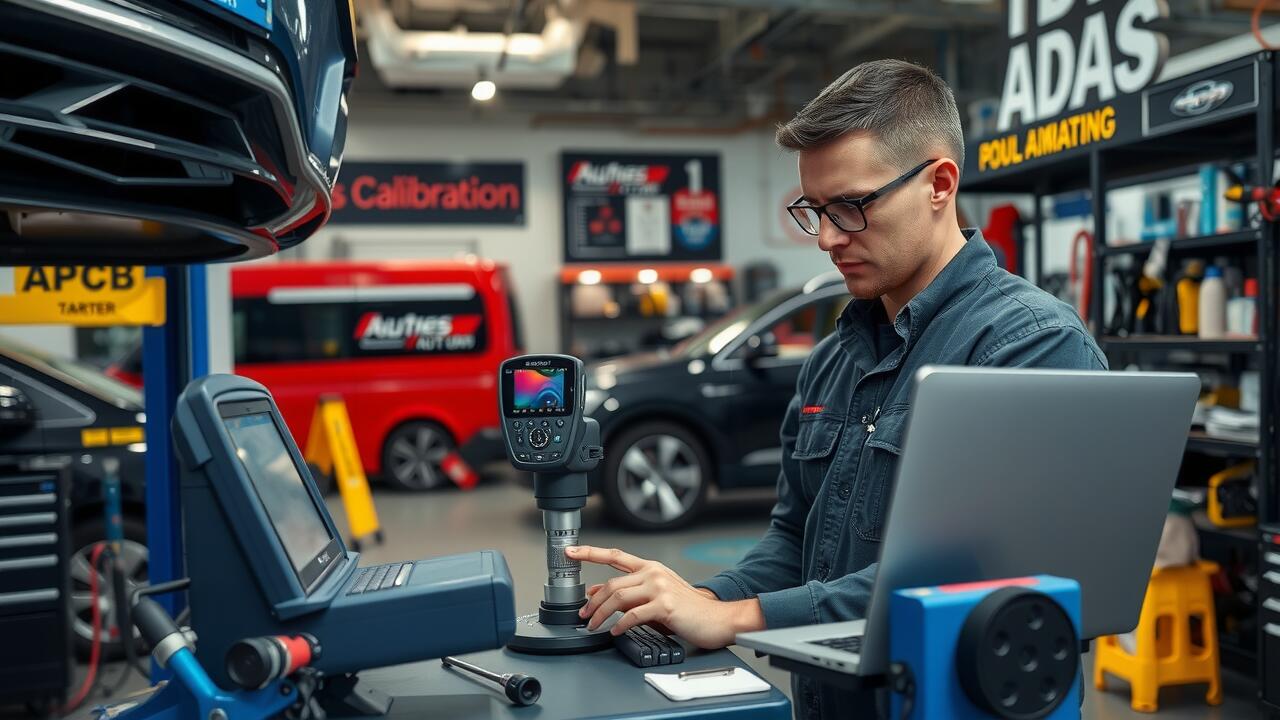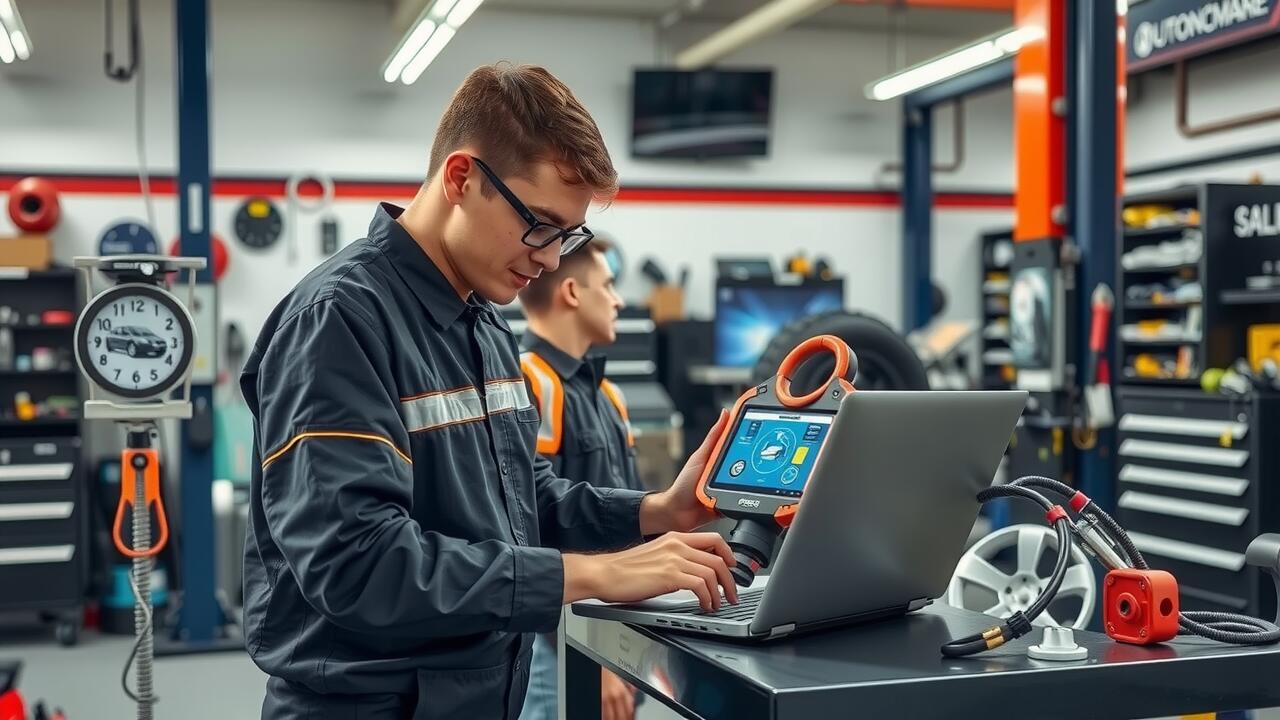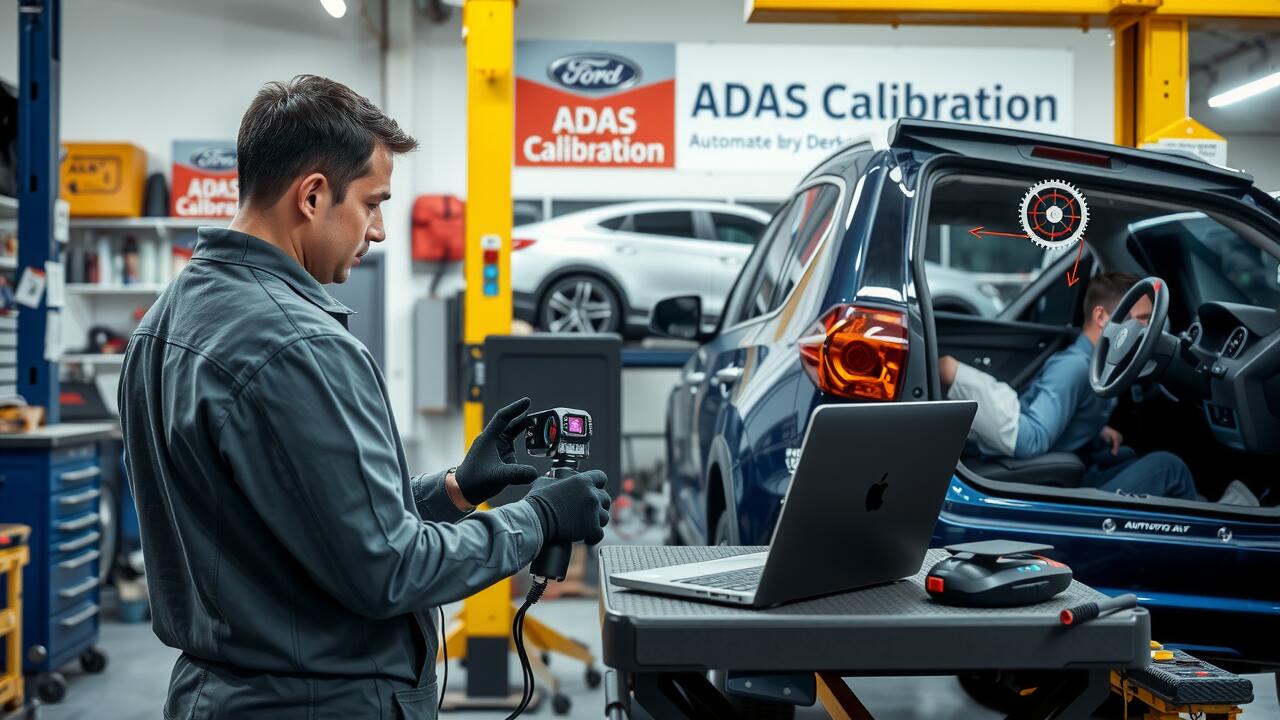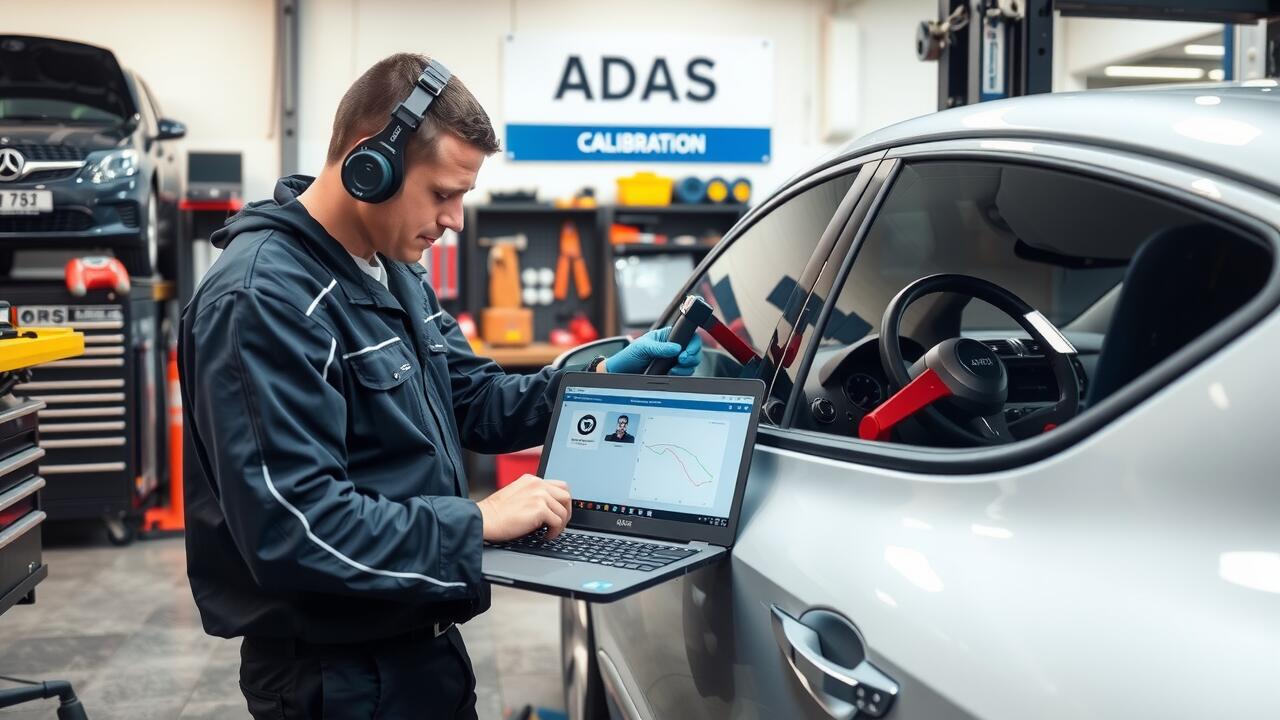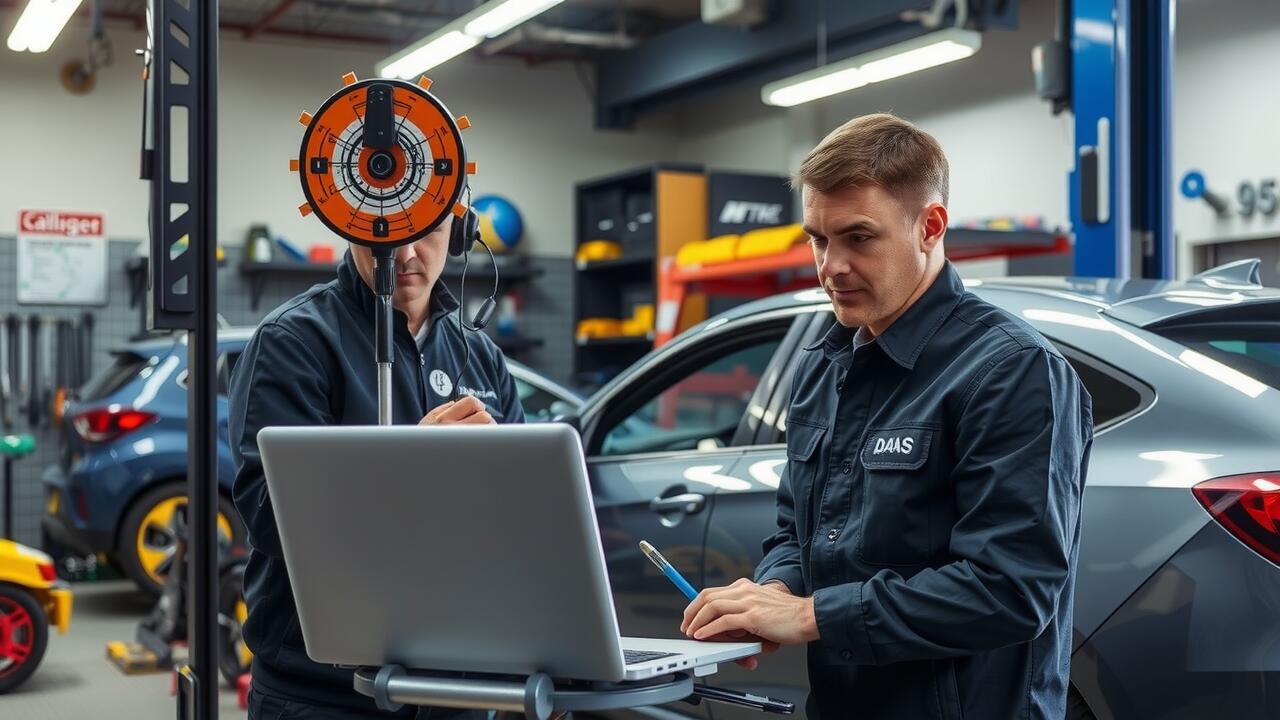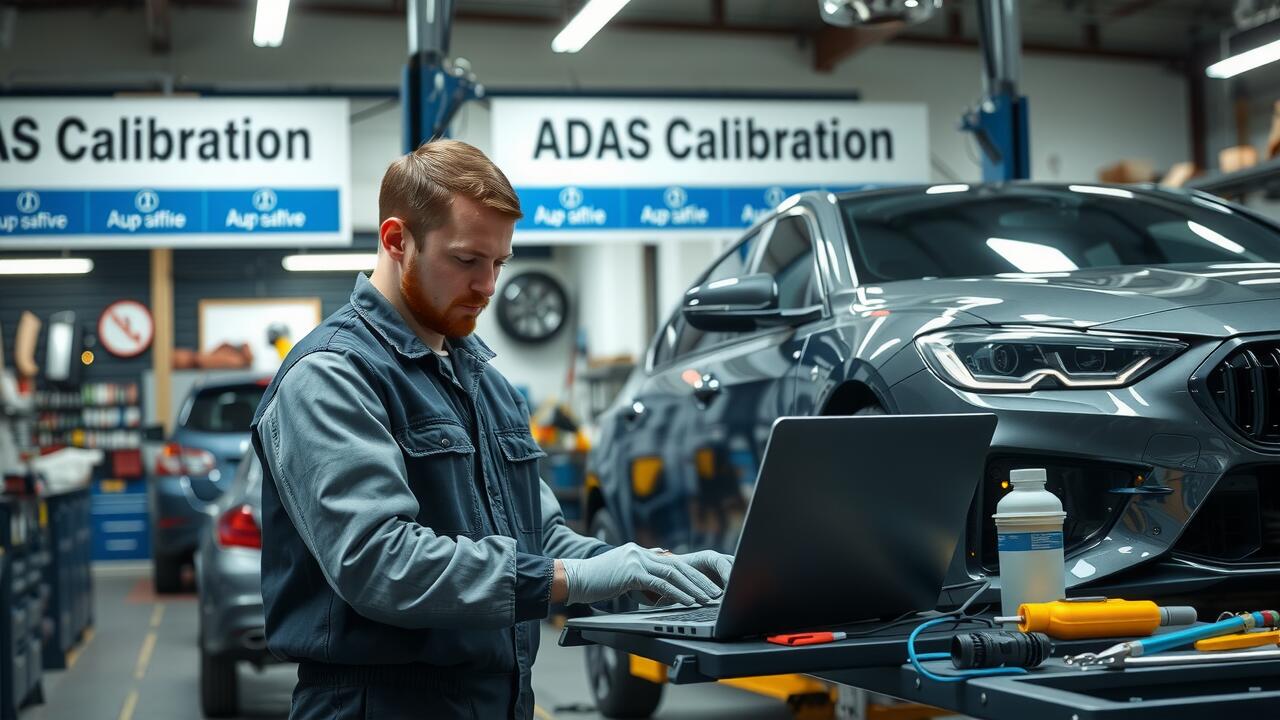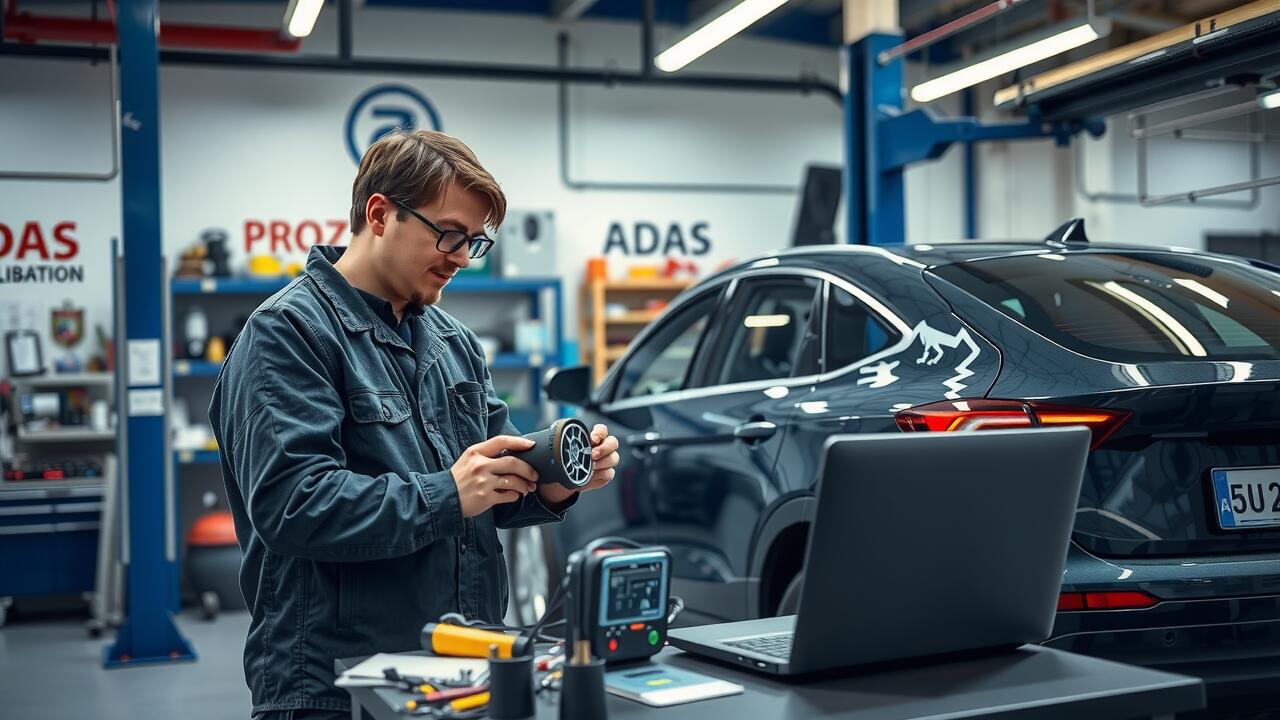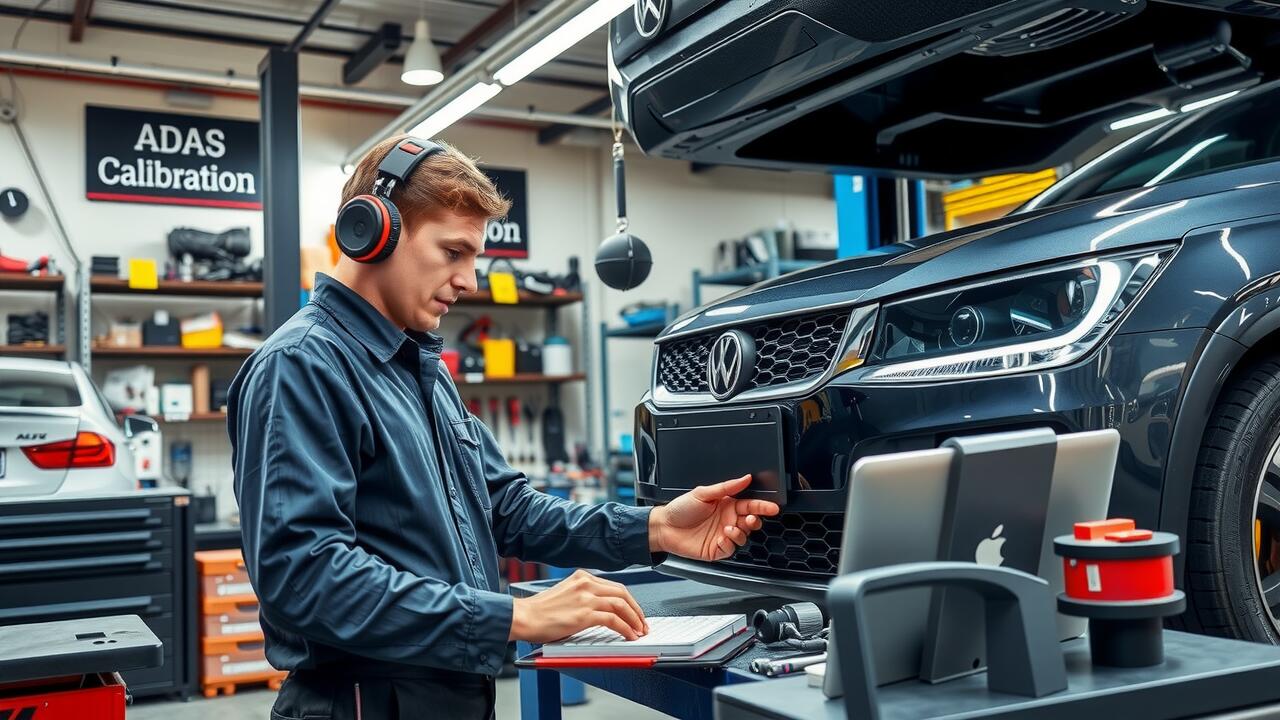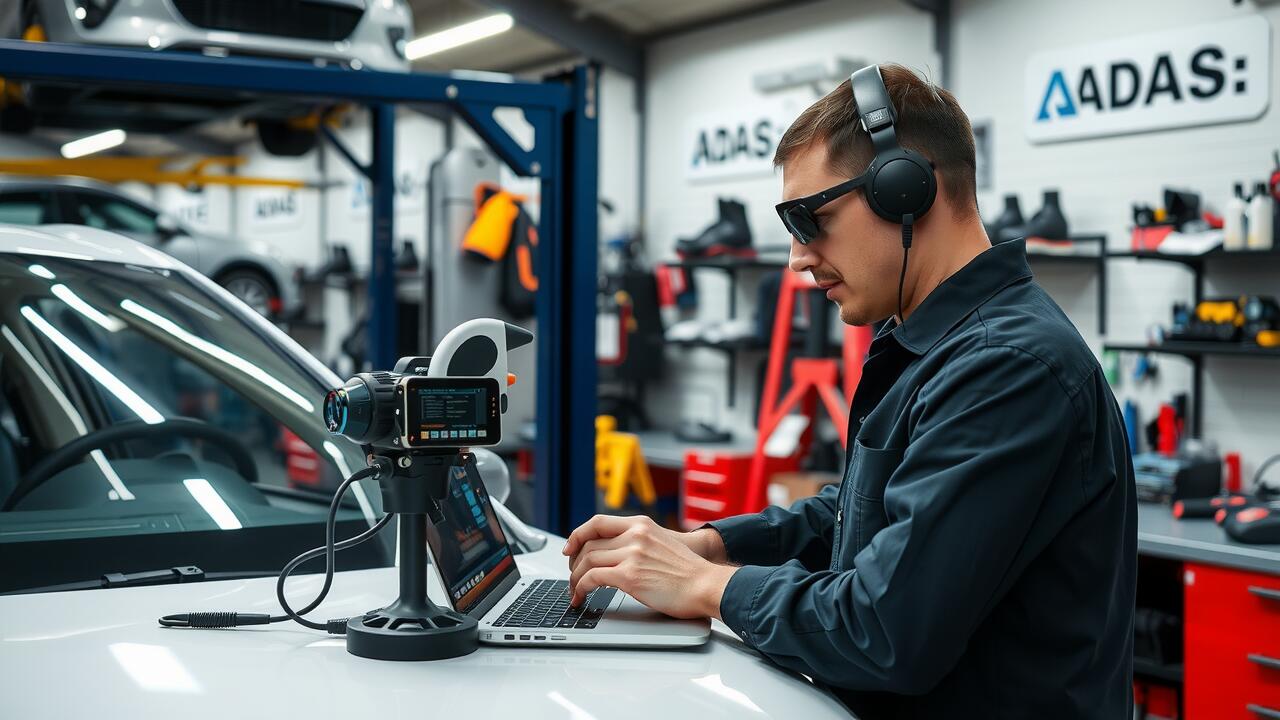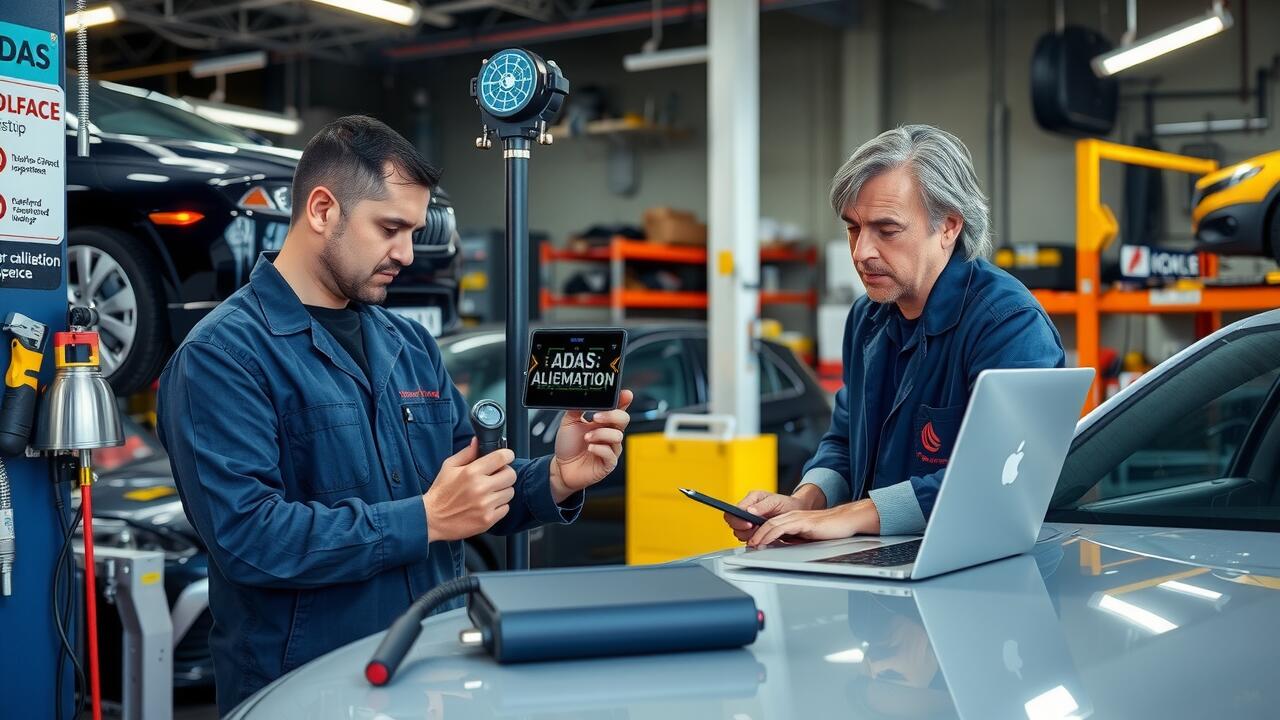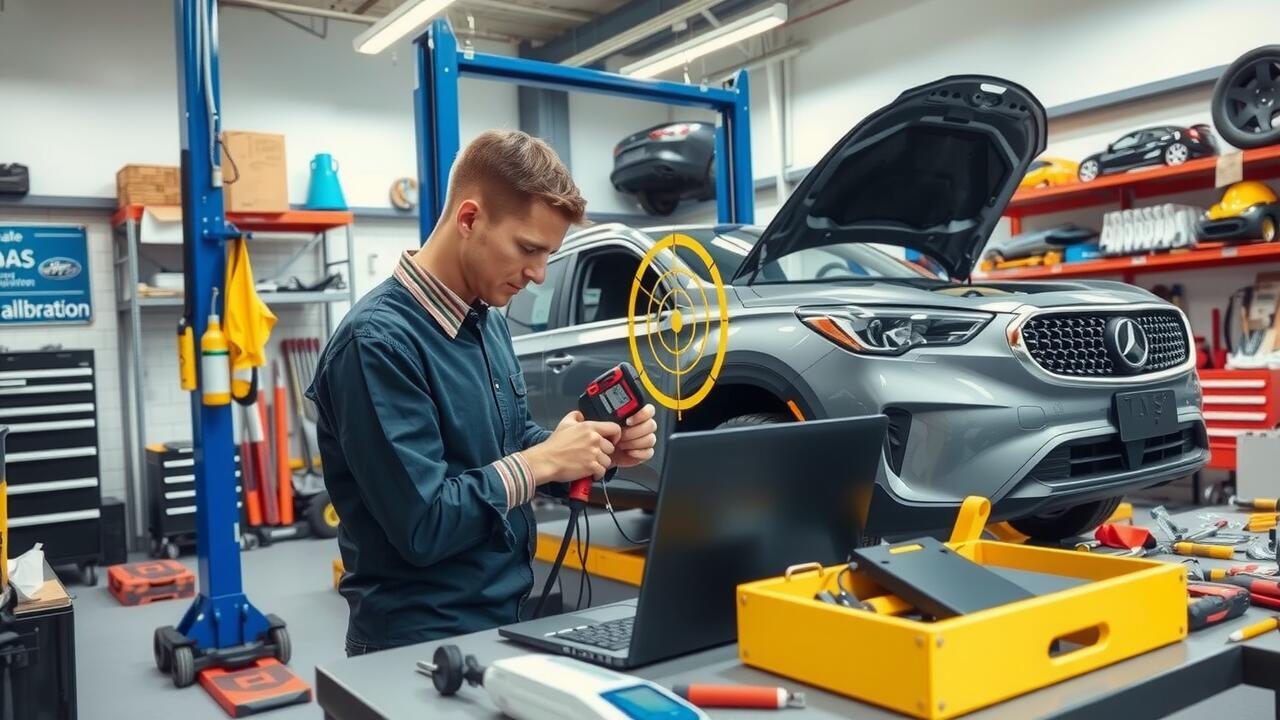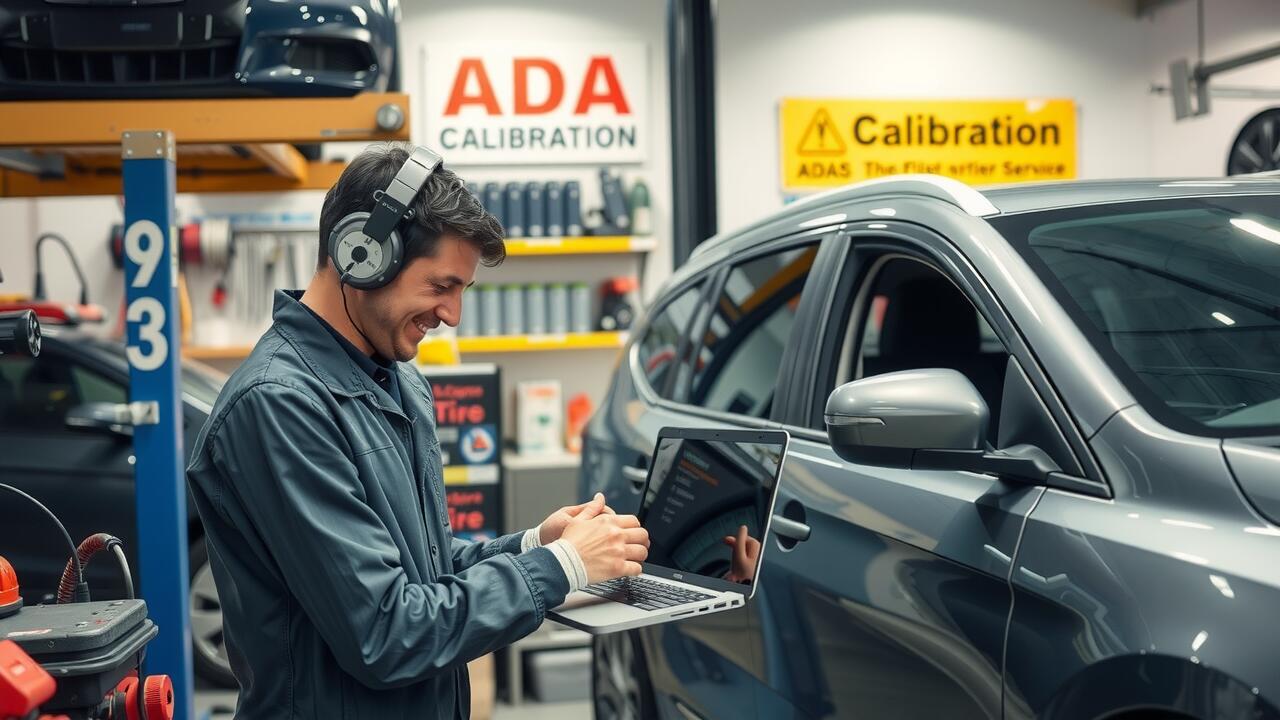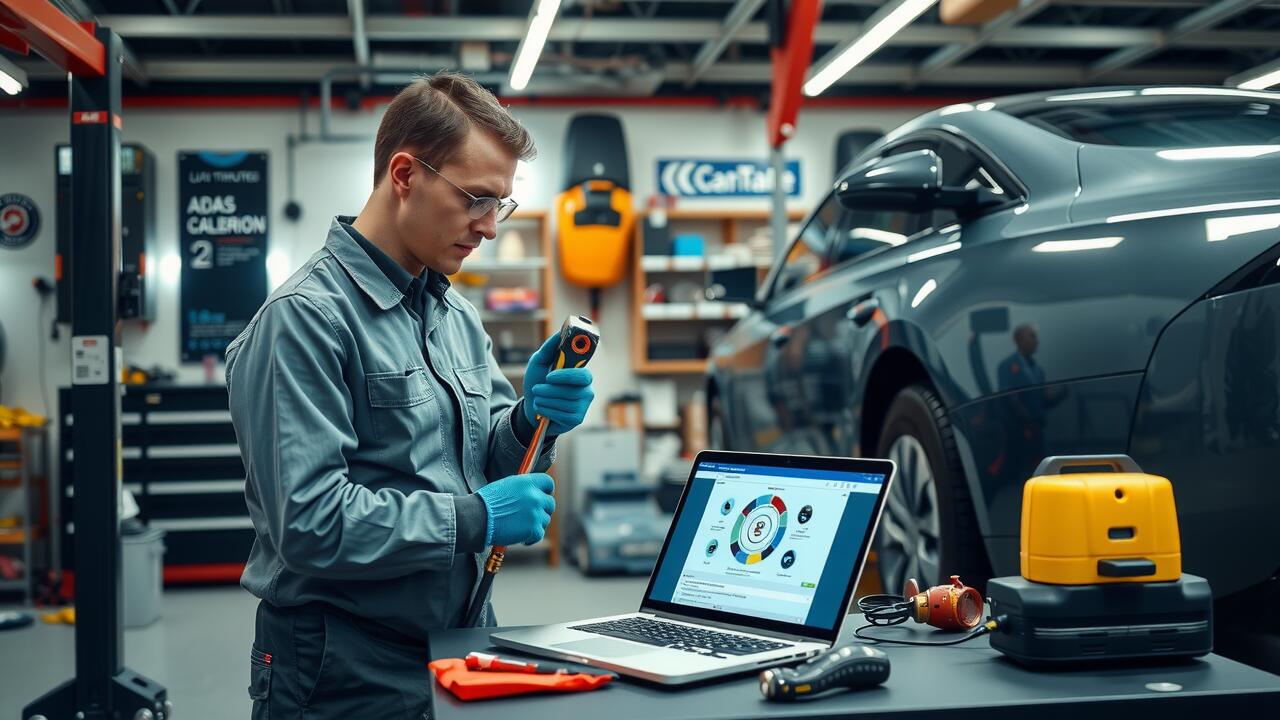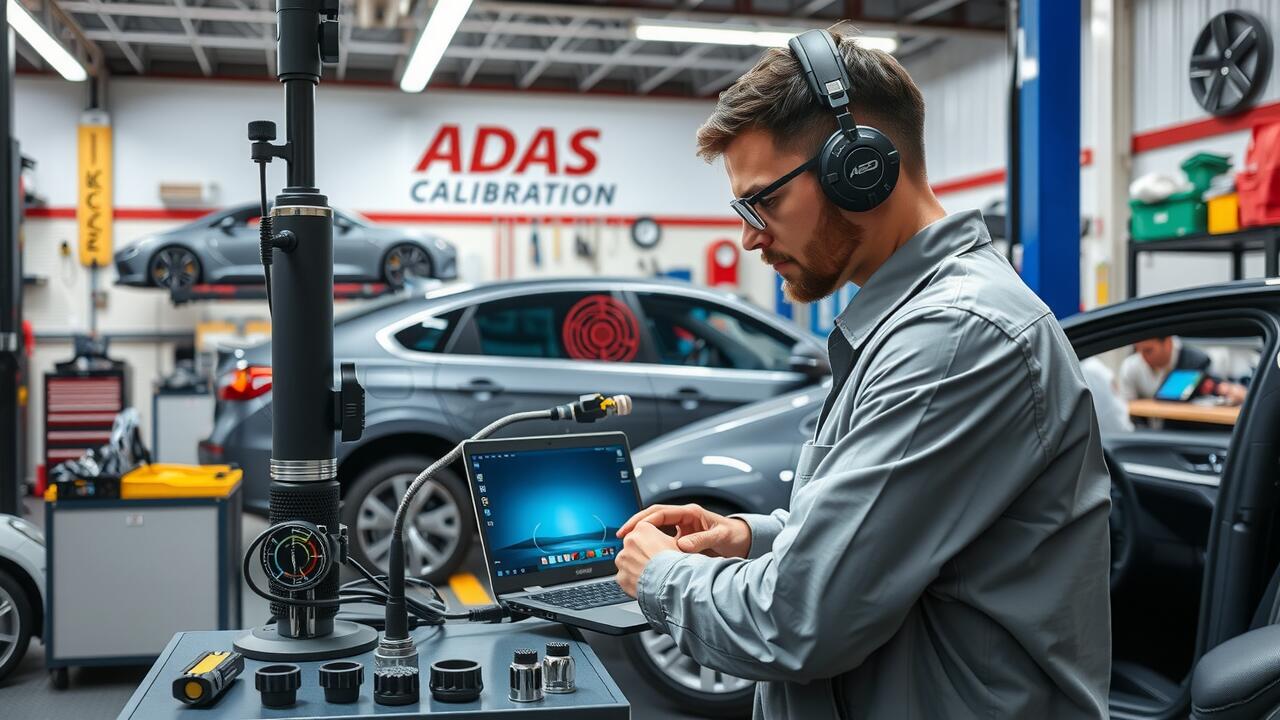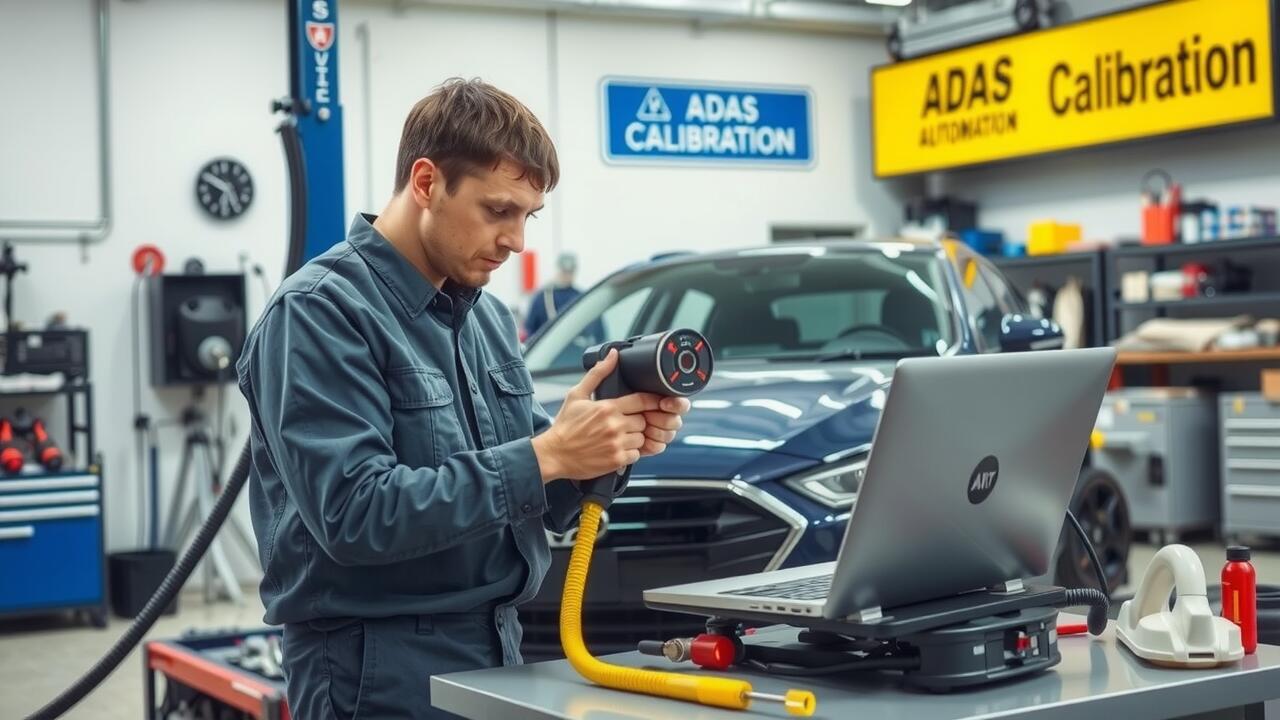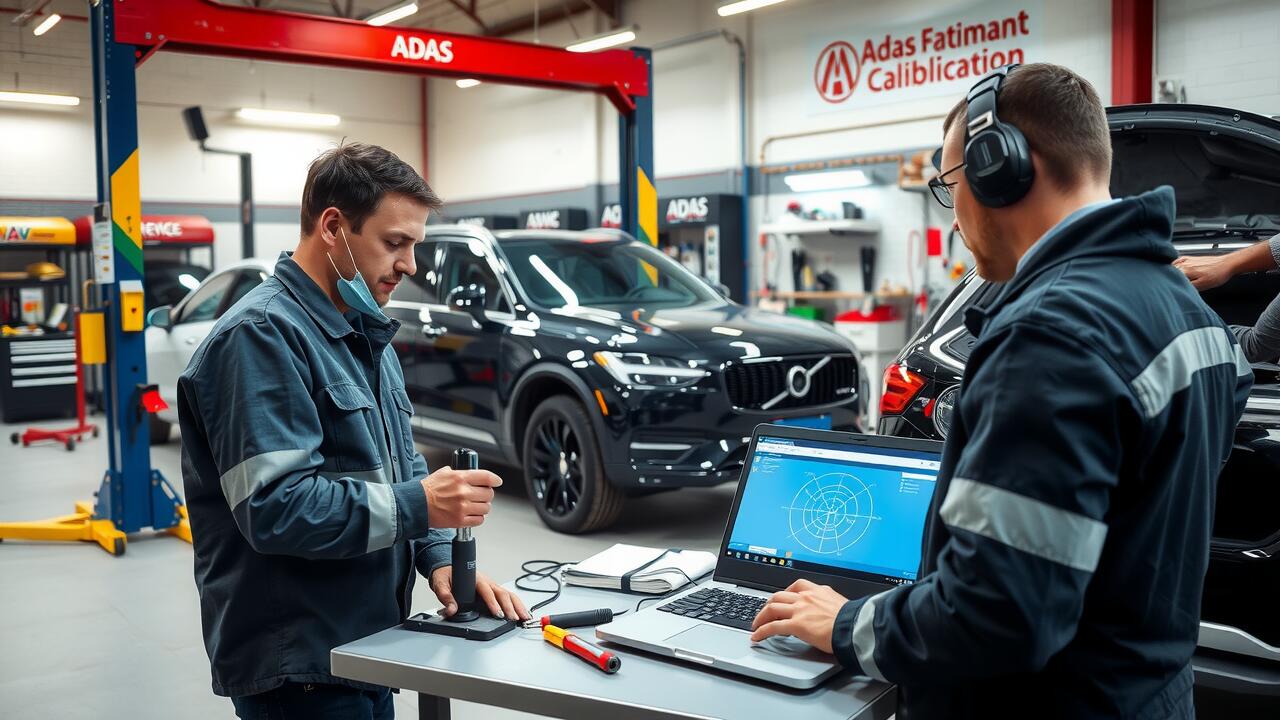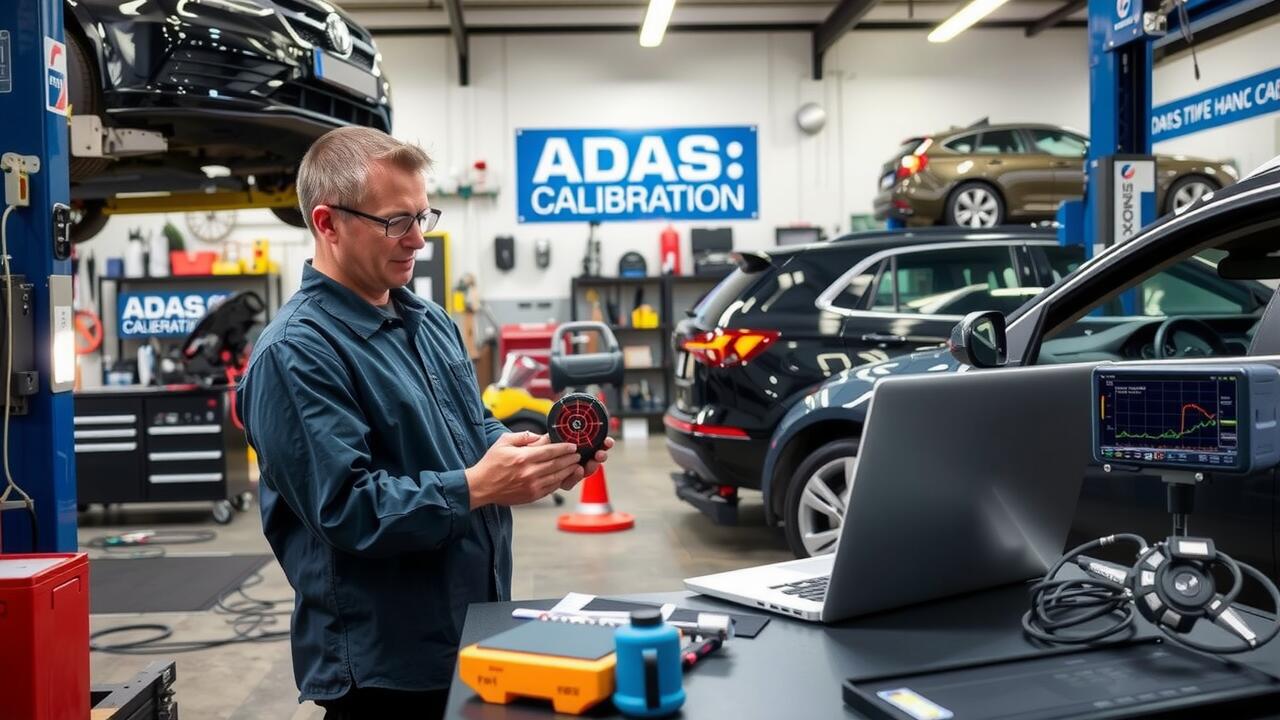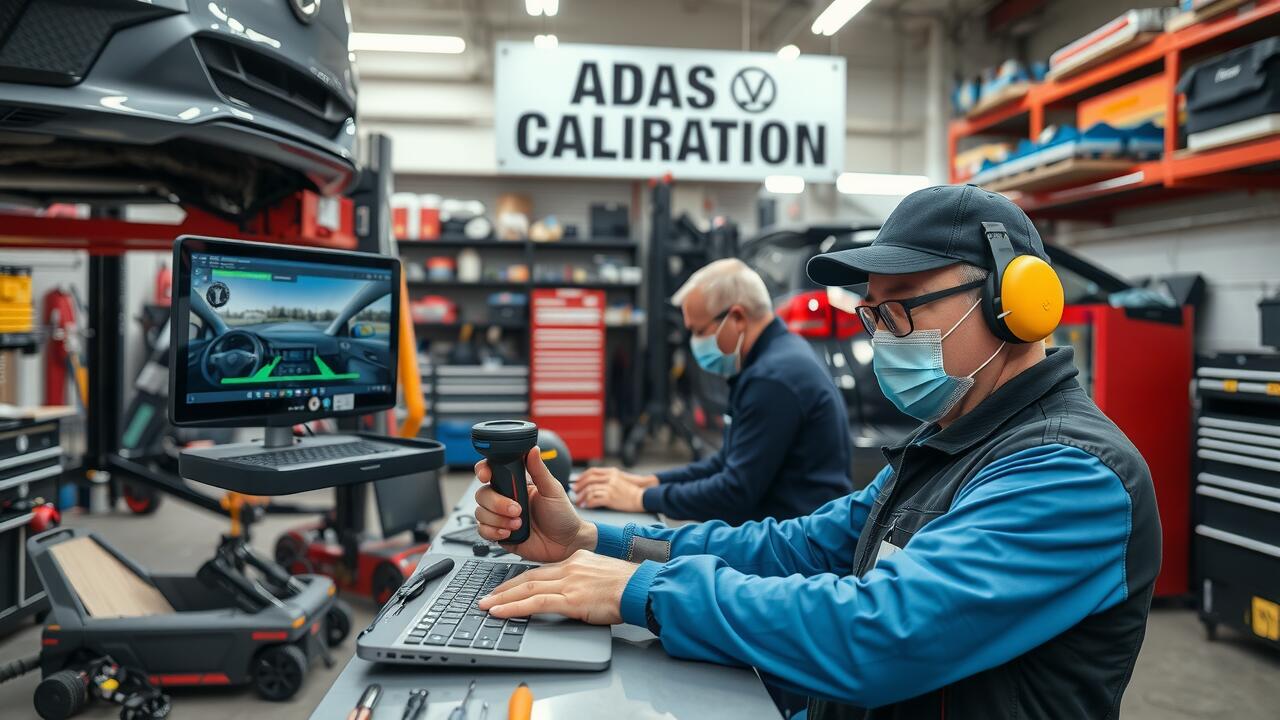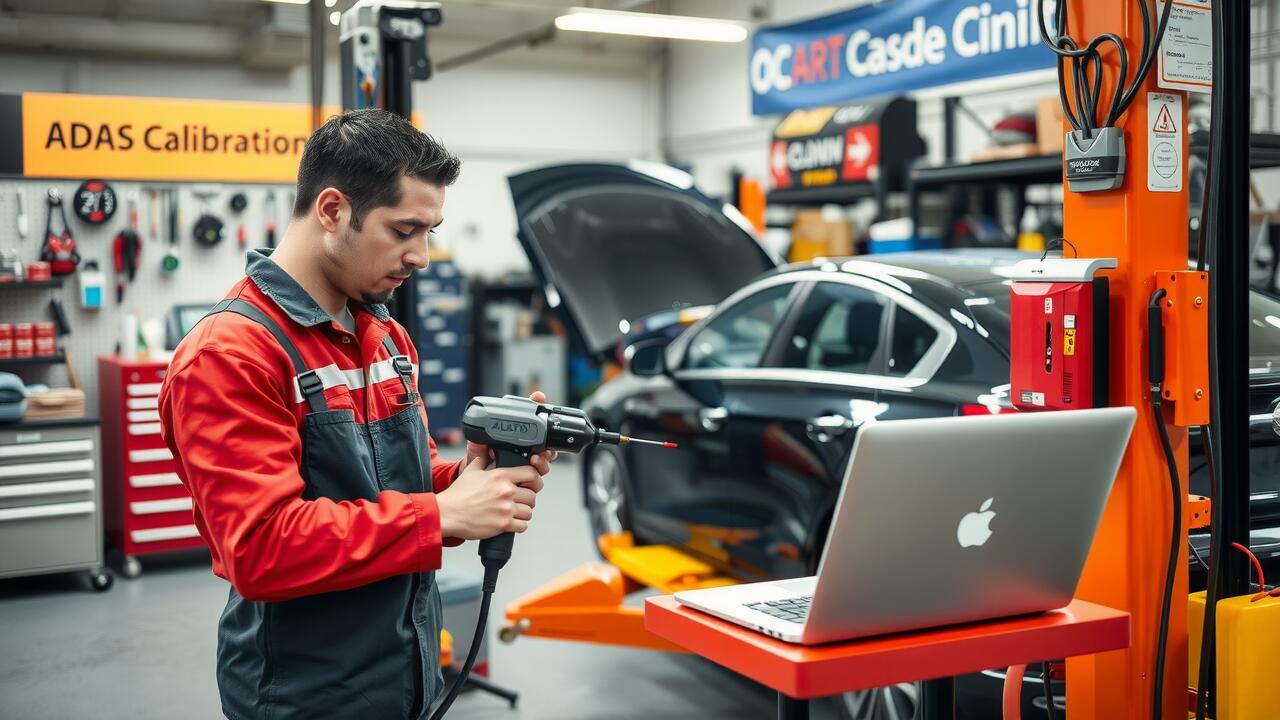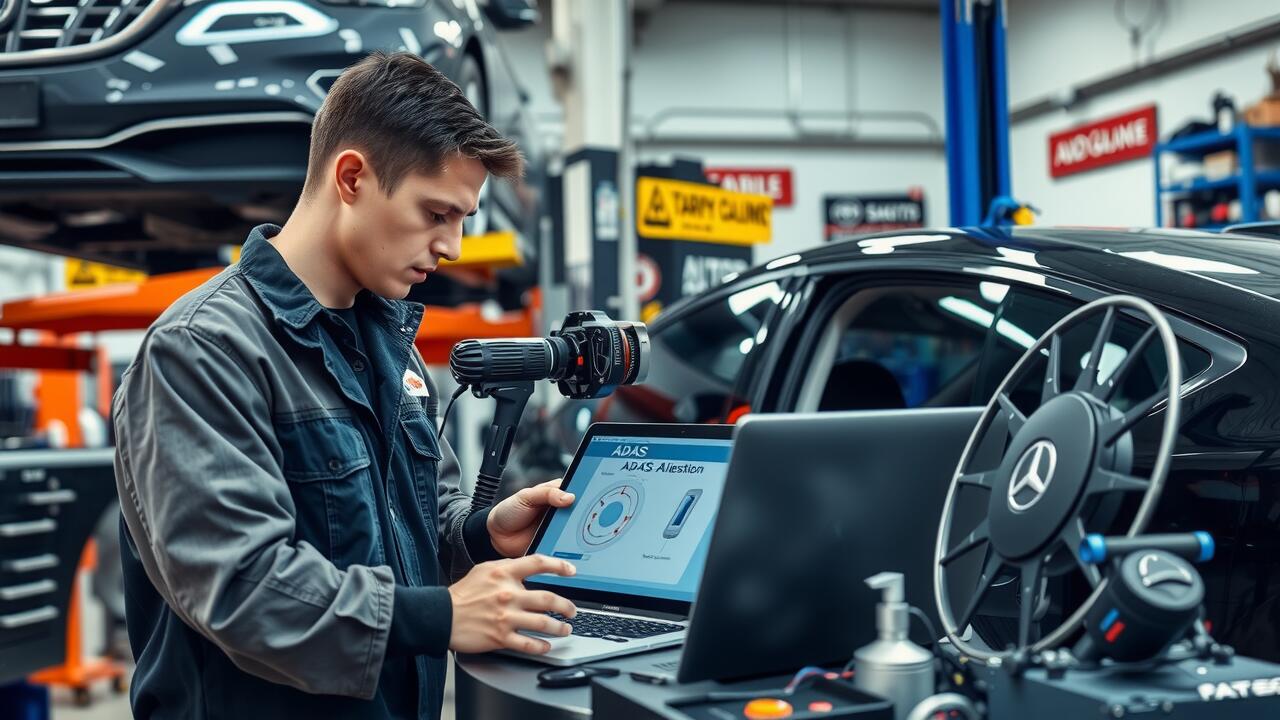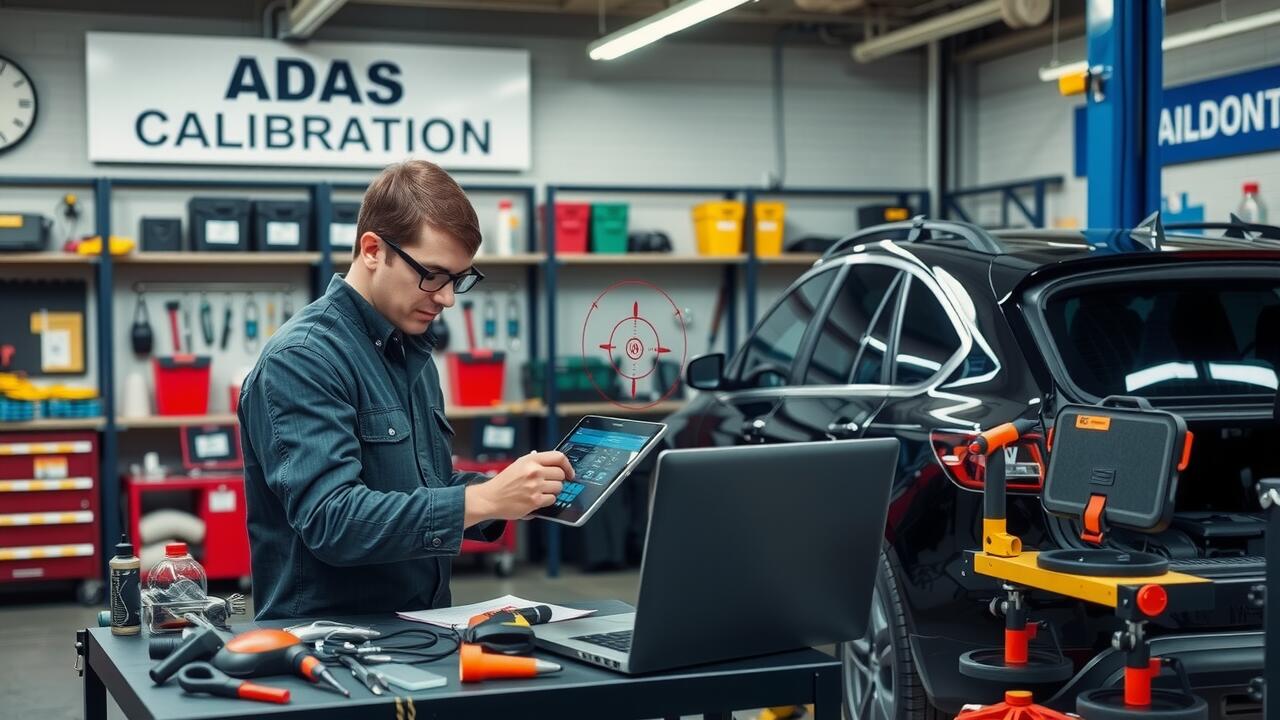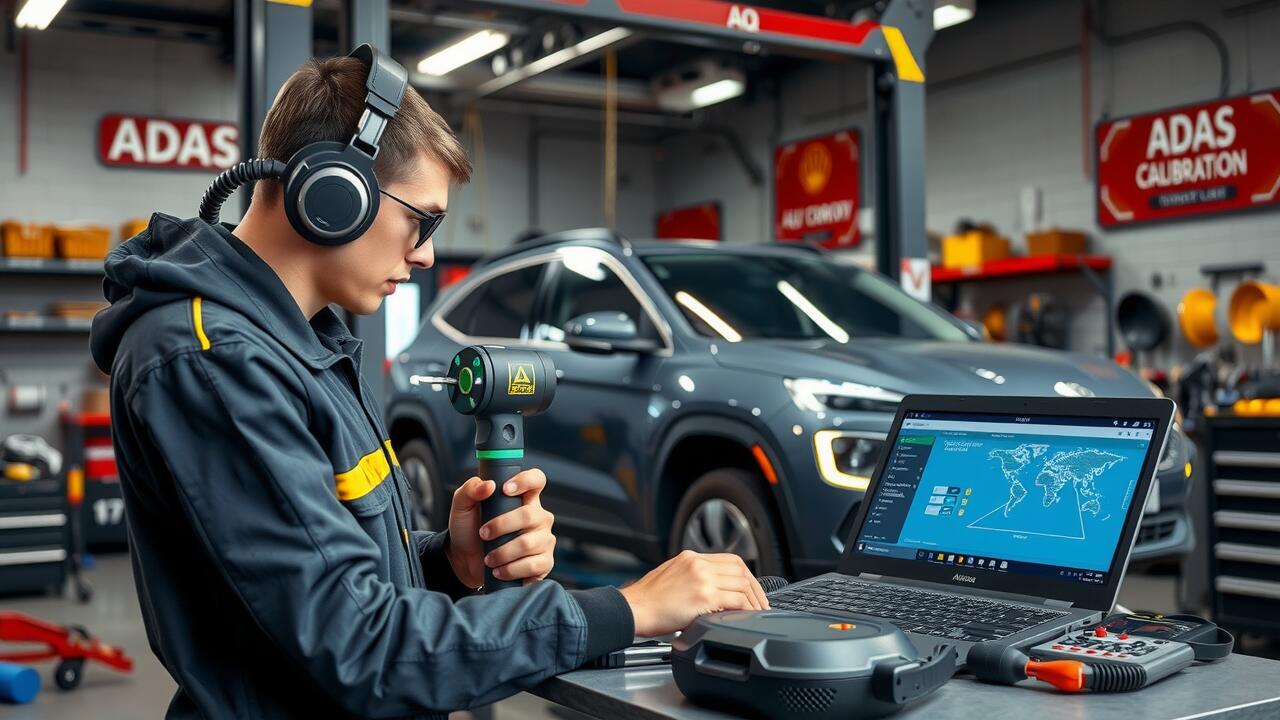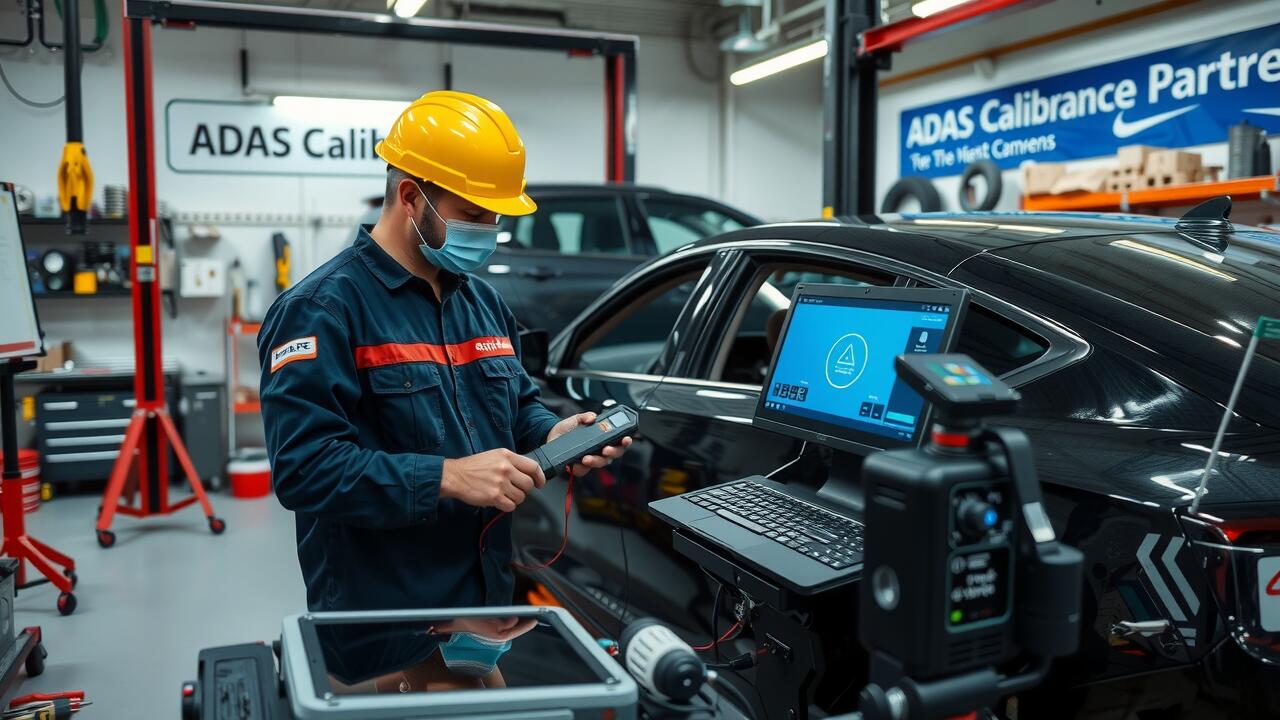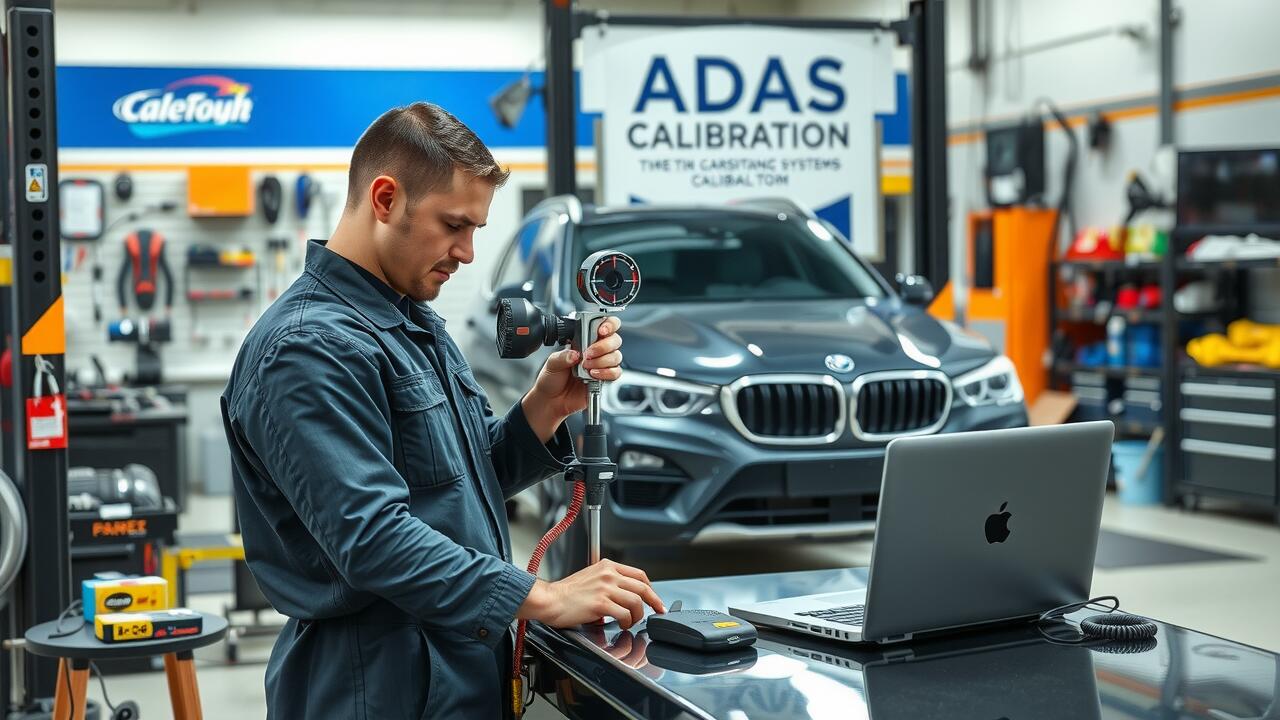
Table Of Contents
Different Methods of ADAS Calibration
ADAS camera calibration can be performed using various methods, primarily static and dynamic calibration. Static calibration involves setting up the vehicle in a controlled environment where specific targets help align the sensors and cameras accurately. This method often requires specialised equipment and facilities equipped with reference targets. It is highly effective for ensuring that the sensor systems are properly aligned according to the manufacturer’s specifications.
Dynamic calibration takes place while the vehicle is being driven, enabling real-time adjustments based on sensor feedback during actual road conditions. This method allows for immediate correction of any discrepancies that may arise during driving, providing an accurate calibration under normal operating conditions. Both methods serve essential roles in ensuring that the advanced driver-assistance systems function optimally, enhancing safety and performance.
Static and Dynamic Calibration
Static calibration involves the adjustment of ADAS sensors and cameras while the vehicle remains stationary. This method utilises specific calibration targets placed in front of the vehicle, allowing technicians to ensure that sensors are aligned correctly according to manufacturer specifications. Accurate ADAS camera calibration is crucial for features such as lane departure warnings and adaptive cruise control to function properly, as any misalignment could lead to unsafe driving conditions.
Dynamic calibration, on the other hand, requires the vehicle to be driven in a designated area with special markers or patterns. This method allows for the calibration of sensors that need to gather data while in motion, such as radar and lidar systems. During dynamic calibration, the vehicle's systems adapt to the changes in surroundings, ensuring that the ADAS operates effectively under real-world conditions. This process often results in more precise ADAS camera calibration, as it can account for variable environmental factors that static calibration may not adequately address.
Benefits of Regular ADAS Calibration
Regular ADAS camera calibration enhances the overall functionality of advanced safety systems in vehicles. Accurate calibration ensures that the sensors used for lane-keeping assistance, adaptive cruise control, and other safety features perform reliably. When these systems operate correctly, they significantly reduce the risk of accidents, providing drivers with greater confidence on the road.
Frequent calibration of ADAS cameras also contributes to optimal vehicle performance. Misaligned sensors can lead to incorrect readings, which may compromise the effectiveness of the systems designed to protect occupants. By investing time and resources in regular calibration, vehicle owners can maintain the integrity of these essential safety features and ensure their vehicle adapts effectively to different driving conditions.
Improved Vehicle Functionality
ADAS camera calibration plays a crucial role in enhancing the performance of various advanced driver assistance systems. Proper calibration ensures that sensors and cameras function accurately, thus improving features such as lane-keeping assistance, adaptive cruise control, and automatic emergency braking. When these systems operate correctly, they contribute significantly to vehicle safety, making driving experiences more reliable and enjoyable.
Regular ADAS camera calibration not only boosts functionality but also maintains the integrity of safety features over time. Factors such as vehicle modifications, collisions, or even wear and tear can affect the alignment and performance of sensors. Timely calibration addresses these issues, supporting optimal operation and reducing the risk of accidents caused by misaligned systems. By prioritising this maintenance, drivers can ensure that their vehicles perform to the best of their abilities.
How Environmental Conditions Affect Calibration
Environmental conditions can significantly impact the accuracy of ADAS camera calibration. Factors such as temperature, humidity, and lighting conditions play a crucial role in how well the sensors detect and interpret their surroundings. For instance, adverse weather conditions like heavy rain or fog can hinder sensor performance. A clear line of sight is essential for accurate readings, so calibration performed during inclement weather may yield unreliable results.
Additionally, the presence of road debris, stray animals, or other obstacles can affect the calibration process. When sensors are calibrated in environments that do not mimic typical driving conditions, the functionality of the ADAS features may become compromised. Regularly monitoring these conditions and ensuring proper ADAS camera calibration helps maintain optimal vehicle safety and performance, adjusting for any variations encountered on the road.
Impact of Weather on Sensor Accuracy
Environmental conditions play a significant role in the accuracy of Advanced Driver Assistance Systems (ADAS). Rain, fog, and even bright sunlight can interfere with the proper functioning of vehicle sensors. These weather elements can obscure the sensors’ line of sight, leading to misinterpretations of the surrounding environment. During adverse weather, the performance of systems such as lane-keeping assist or adaptive cruise control may degrade, increasing the need for timely ADAS camera calibration.
Temperature fluctuations also affect sensor calibration. Cold weather can cause certain components to contract, while heat can expand them, altering their performance. Additionally, dirt, ice, or snow accumulation on the camera or sensors can result in inaccurate readings. Regular maintenance, alongside specific calibration checks in varying weather conditions, ensures that ADAS systems remain reliable and effective, contributing to overall road safety.
FAQS
What is ADAS calibration?
ADAS calibration is the process of adjusting and aligning advanced driver-assistance systems in a vehicle to ensure that they function correctly and accurately.
When should I get my ADAS calibrated?
ADAS calibration should be done after significant events such as a collision, replacement of any sensors or cameras, or after a wheel alignment. Regular checks are also recommended to maintain optimal functionality.
What are the different methods of ADAS calibration?
The two primary methods of ADAS calibration are static calibration, which involves using specific tools and equipment in a controlled environment, and dynamic calibration, which requires driving the vehicle under certain conditions to ensure the systems work properly.
How do environmental conditions affect ADAS calibration?
Environmental conditions, such as temperature, humidity, and lighting, can significantly impact the accuracy of sensors in ADAS. Calibration should consider these factors to ensure optimal performance.
What are the benefits of regular ADAS calibration?
Regular ADAS calibration leads to improved vehicle functionality, enhanced safety features, and better overall driving experience, helping to prevent accidents and ensuring that the driver-assistance systems perform as intended.
